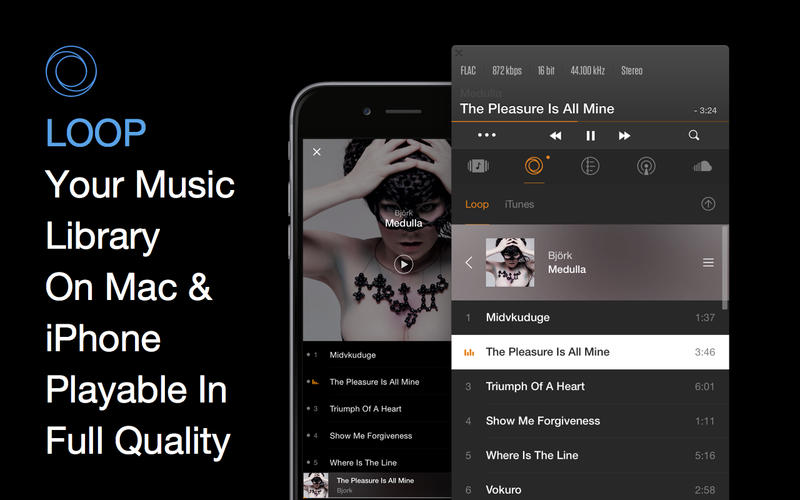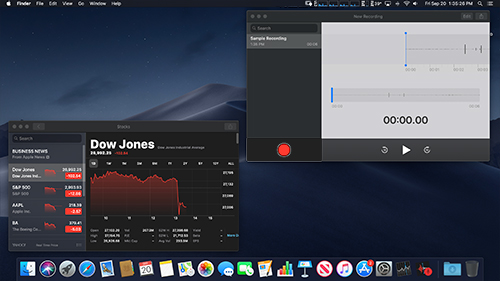X11R7.7 development is development is complete: the final release has been posted at http://www.x.org/releases/X11R7.7/
Vox is a general interest news site for the 21st century. Its mission is simple: Explain the news. Politics, public policy, world affairs, pop culture, science, business, food, sports,. Welcome to The Vox Our Vox brand will take good care of our members, and our guests. We provide a full spectrum of services and support to make your investment with us a highly profitable business. There's bright future ahead when you join Vox, an we look forward to sharing this SMART, FUN, & CLEAN experience with you.
Update: Many modules have had new releases since the X11R7.7 katamari - see the individual X.Org releases directory for downloads, and the xorg-announce archives for details on included changes. These updates may be included in a future 7.8 katamari release if one is ever assembled.
Security issues have been found in the X11R7.7 software since its release. See the Security Advisories against X11R7.7 for more information and links to fixes.
- #1 Music player for Mac OS and iOS with Unlimited Music Cloud Storage. Supports all popular audio formats like MP3, FLAC, AAC, WAV & more!
- #1 Hi-Res audio player for Mac & iPhone. Music just sounds better!.NEW. Introducing VOX Premium – Your Ultimate Music Experience. VOX Premium adds a stunning cloud streaming features and unlimited music storage without a decline in quality. Sync, stream and cache your entire music library on Mac.
Features Added/Enhanced
See also: Summary of new features in X11R7.7, Combined ChangeLog for all X11R7.7 components (1.5 Mb)
- Xorg server 1.10 changes, ?Xorg server 1.11 changes, Xorg server 1.12 changes
- Documentation: Finish conversions to DocBook/XML, improve integration across doc sets.
- Sync extension 3.1 - adds Fence object support
- Xi 2.2 multitouch support
- XFixes 5.0: Pointer Barriers
- Security fixes for Security Advisories against X11R7.6
Schedule
- RC 1: April 15, 2012
- Final Release: June 6, 2012

This post explains how to install a clean version of Python in a Mac OS X Mavericks/Yosemite.
You'll also learn to install and use the virtualenv and virtualenvwrapper tools to create virtual environments for your projects.
Install Xcode and Homebrew
First of all, install Xcode if you don't have it already. You can find it in the Apple Store.
Next, we need to install the Command Line Tools of Xcode. Open a Terminal and type:
this should trigger a pop-up window that will ask you to install the Command Line Tools. If you have some trouble installing these tools, you might find useful this post on Stackoverflow.

This post explains how to install a clean version of Python in a Mac OS X Mavericks/Yosemite.
You'll also learn to install and use the virtualenv and virtualenvwrapper tools to create virtual environments for your projects.
Install Xcode and Homebrew
First of all, install Xcode if you don't have it already. You can find it in the Apple Store.
Next, we need to install the Command Line Tools of Xcode. Open a Terminal and type:
this should trigger a pop-up window that will ask you to install the Command Line Tools. If you have some trouble installing these tools, you might find useful this post on Stackoverflow.
Next, we need to install Homebrew. In the Terminal, type this command line:
$ruby-e'$(curl -fsSL https://raw.githubusercontent.com/Homebrew/install/master/install)' |
Note: The previous line updates often, so you may want to check the official site for the updated command line –> Homebrew.
Now, we need to insert the Homebrew directory at the top of the PATH environment variable. In this way, some Homebrew installations, like Python, will take precedence over stock OS X binaries. Open or create the file ~/.bash_profile and write:
Note: Usually, in Linux, Unix and Mac systems, the file .bash_profile is executed to configure your shell when you log in via console. When you are already logged in your machine and open a new terminal window, the file .bashrc is executed instead. However, Mac OS X is an exception, as its Terminal.app always runs a login shell by default in each new window, and calls the file .bash_profile. If you want to maintain two separate config files for login and non-login shells, you can set the common settings in .bashrc and import them in .bash_procfile with:
2 | source~/.bashrc |
Macfamilytree 7 6 mac os x. This script looks for the .bashrc file, and calls it if exists. Close your Terminal and open it again to make these changes effective.
Install Python 2.7
First of all, let's see the path of the Python that comes installed with Mavericks/Yosemite by typing:
which should show /usr/bin/python. Infographics for ms powerpoint 1 0.
Now, we are ready to install Python 2.7 by typing:
The good thing about installing Python with Homebrew is that you also install pip and Distribute, which extend the packaging and installation facilities provided by the distutils in the standard library.
And now, the python path should be:
2 | /usr/local/bin/python |
Finally, we need to add the new Python scripts directory to your PATH. Open again the .bash_profile file and add
Close and open your Terminal to apply these changes.
Install virtualenv and virtualenvwrapper
A good practice when working in a Python project is to use a virtual environment. This allows you to have all the packages needed in one place. It is more easy to share and maintain.
To install virtualenv type in your terminal:
which will create the folder myenvironment. To activate this environment type:
and to deactivate it, just type:
Moreover, I recommend you also install virtualenvwrapper, which is a set of extensions that allows you to activate and change environments more easily. To install it:
Next, create a folder that will contain all your virtual environments:
Vox 2 7 7 Os X10
Open your .bashrc file and add: